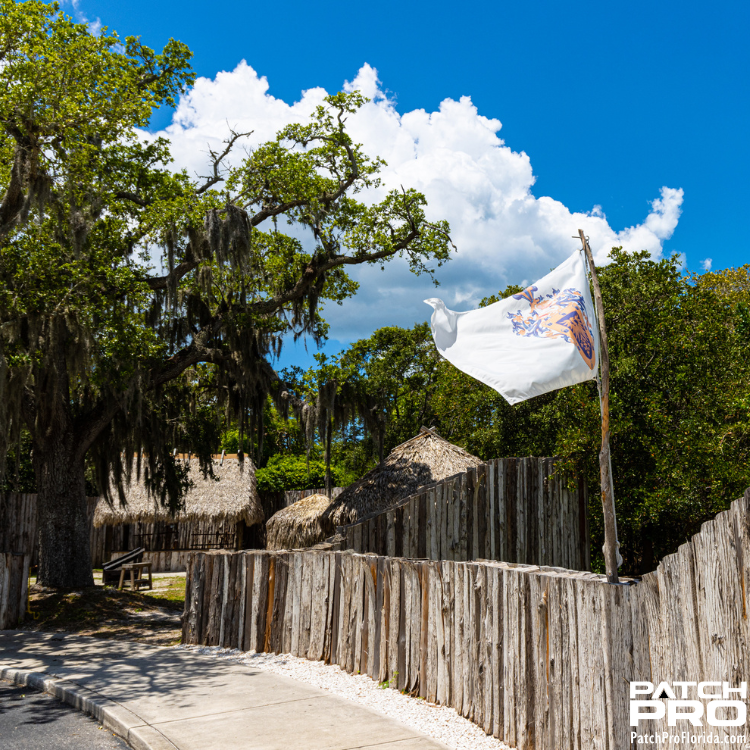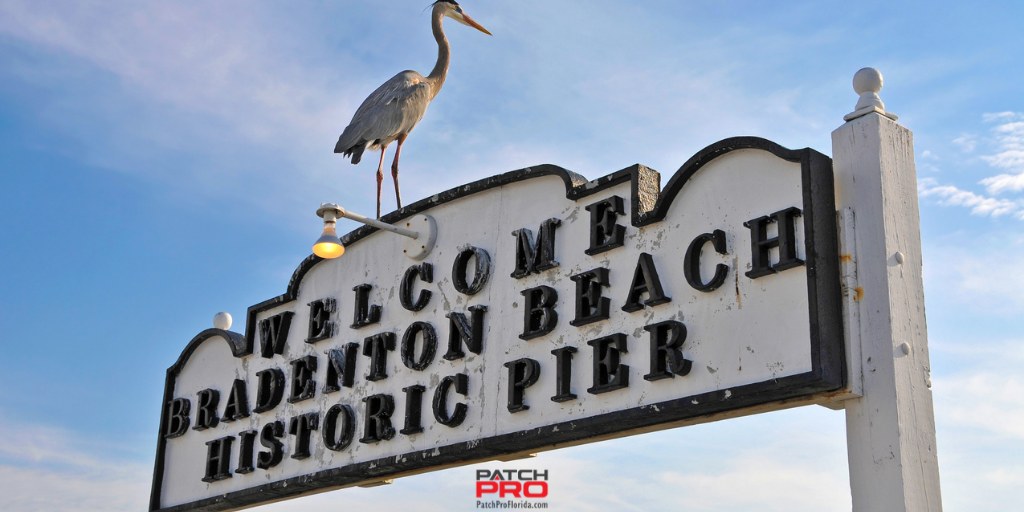Just south of the Manatee River, resting near the mouth at Tampa Bay, is Bradenton — a staple of the west-central part of our state of Florida. Bradenton is surrounded by gorgeous waters, both fresh and salt. It serves as the access point for more than 20 miles of beautiful Southwest Florida beaches, stretching across both the Gulf of Mexico and our home city. The outer barrier island beaches are near the Intracoastal Waterway. These island beaches include Anna Maria, Holmes, and Longboat Key.
The area’s current population is currently over 59,000, marking it as the 48th largest city in the Sunshine State. It is presently one of Florida’s fastest-growing cities.
Bradenton Native Origins
The Native Americans that originally resided in the area were the Calusa. Ancient artifacts unearthed on the coastline indicate that the local tribe was present 2,000 years before Spanish explorers discovered the area. Unfortunately, there are only a few remnants of tribal culture from the time, including tools, jewelry, and a few archaeological sites.
Known as the “Shell Indians,” the people used shells for tools, jewelry, and mounds, even erecting entire cities on shell middens. Most were sailors and expert crafting, traveling by dugout canoes along the numerous waterways in southwest parts of our state, including sailing the Manatee River.
The tribe eventually died out in the late 1700s-early 1800s from fellow tribal conflicts and European diseases. The tribe is currently acknowledged at De Soto Memorial National Park and Emerson Point Preserve.
Spanish Exploration in Bradenton

Replica Of Fortress Walls At De Soto National Memorial
Explorer Hernando de Soto landed at nearby Shaw’s Point in 1539. It was the beginning of the first major, organized exploration by the Europeans of the southern United States.
King Charles V of Spain ordered the conquistadors to populate and parity the area known at the time as “La Florida.” Gold was a strong motivator, but was never found. So instead, de Soto’s army went from village to village, enslaving the native people, and spreading diseases from their native country. The trek lasted over four years, exploring four thousand miles that would eventually form the New World.
A small tract of public land memorializes the arrival called the Fort De Soto National Memorial.
Joseph Braden Establishment
Later founded in 1840, the city was named after early settlers Joseph and Hector Braden. The brothers moved into a log cabin just five miles from the mouth of the Manatee River, with intentions of starting a new plantation in the area. Unfortunately, in 1846, Hector perished by drowning, attempting to cross the Manatee River atop his horse. Nevertheless, Joseph continued the vision, building a sugar plantation called the Branden sugar mill.
At the end of the decade, Braden purchased property on what is now known as Braden Creek, increasing his holdings to 1,100 acres as the largest plantation holder in the state. Eventually, he built his hostile native-proof Braden Castle on the river in 1850. The structure was erected as a refuge for early settlers during the Seminole Wars. However, Seminoles plundered slave cabins and continuously badgered the structure. Dr. Braden eventually faced financial ruin and abandoned the property, moving to Tennessee.
Progress In The Friendly City
After attracting residents from Fogartyville, Willemsenburg, and Palma Sola, Bradenton grew the population to 2,000 at the turn of the century. The community was envisioned as a winter resort and shipping center for farm produce. For a time, the local economy was based entirely around sugar and commercial fishing in the nearby Manatee River, further bolstered by the arrival of the Florida West Shore Railroad.
Over the next two decades, the incoming trains caused the town to prosper with a tourism flourish. As a result, a new city hall and courthouse were constructed. By the middle of the 1910s, tourism was bringing Bradenton $200,000 into the city. The 1920s introduced the town slogan “The Friendly City.” By 1943, the town of Manatee merged with Bradenton.
Spring Training Baseball
Spring training began warming up at Bradenton with the construction of Ninth Street Park in 1923. The first team to ever step their cleats in the city was St. Louis Cardinals, competing in the area for a year. After WWI, the Manatee County Board of Trade decided that bringing major league baseball to the county would stimulate the economy.
Until WWII, several Bradenton teams were in and out of the Florida State League. Names included the “B’s” and the “Fats and the Leans.” In 1925, the Philadelphia Phillies trained for three years. Then, the Boston Red Socks called it home in the springtime. The city fielded the Braves from 1948-1962, the team winning three pennants while training there. The Kansas City Athletics showed up throughout the ’60s; the Pittsburgh Pirates had the longest stay for 40 years. Currently, the Marauders utilize LECOM Park.
Modern Bradenton
Bradenton is diversified with plenty of activities. The city consists of a downtown, RiverWalk, and the Village of the Arts — a working artists’ community. Locations include the South Florida Museum, Bishop Planetarium, and Parker Manatee Aquarium. Each exhibit features regional history and nature, sky shows, and exclusive manatee viewing. The Lake Manatee State Recreation Area stretches over 15 miles. The Manatee Village Historical Park contains renovated historic buildings.
Visitors also flock to the Robinson Preserve, De Soto National Memorial Park, the Cortez fishing village, and the glut of historic buildings from the area’s pioneer past.



You must be logged in to post a comment.